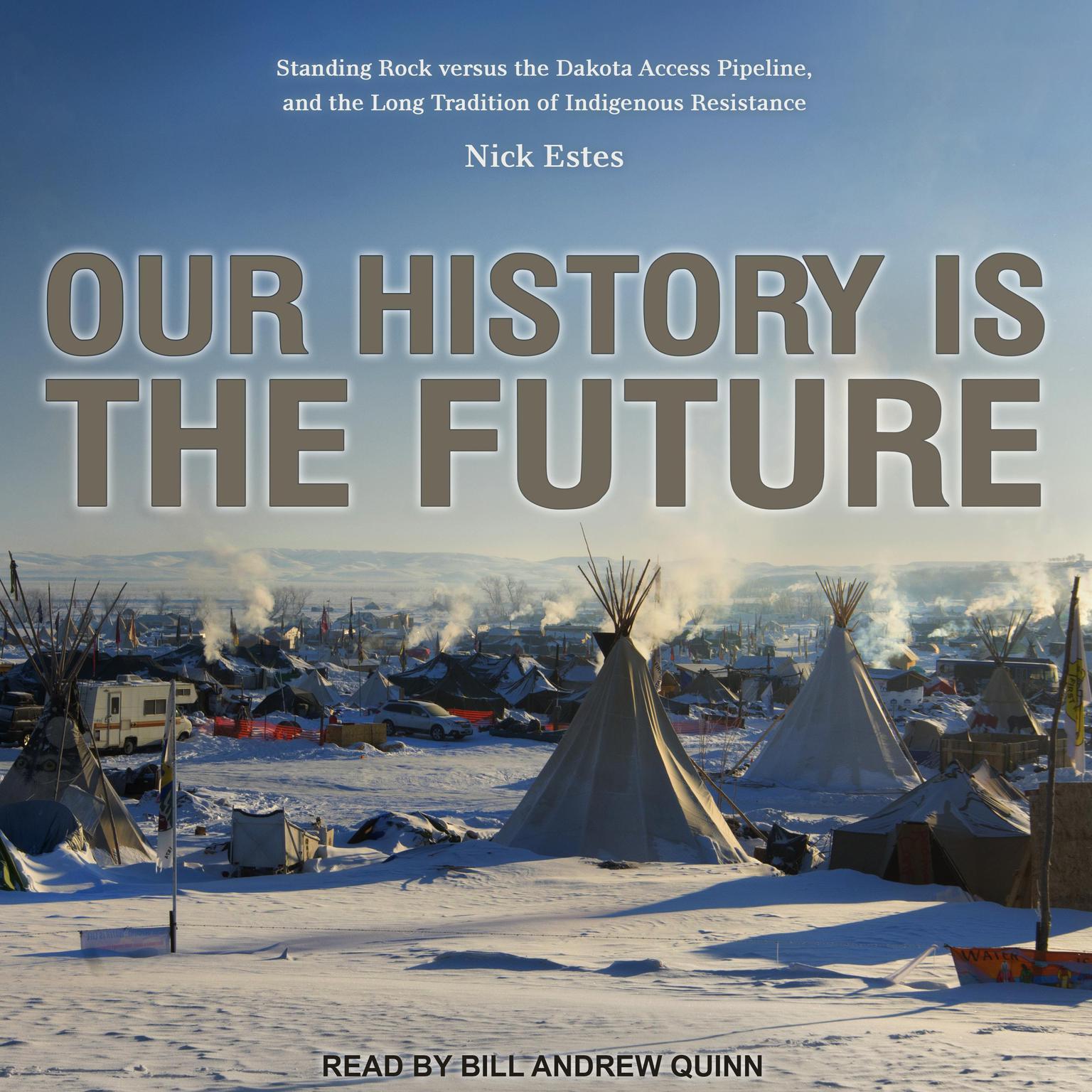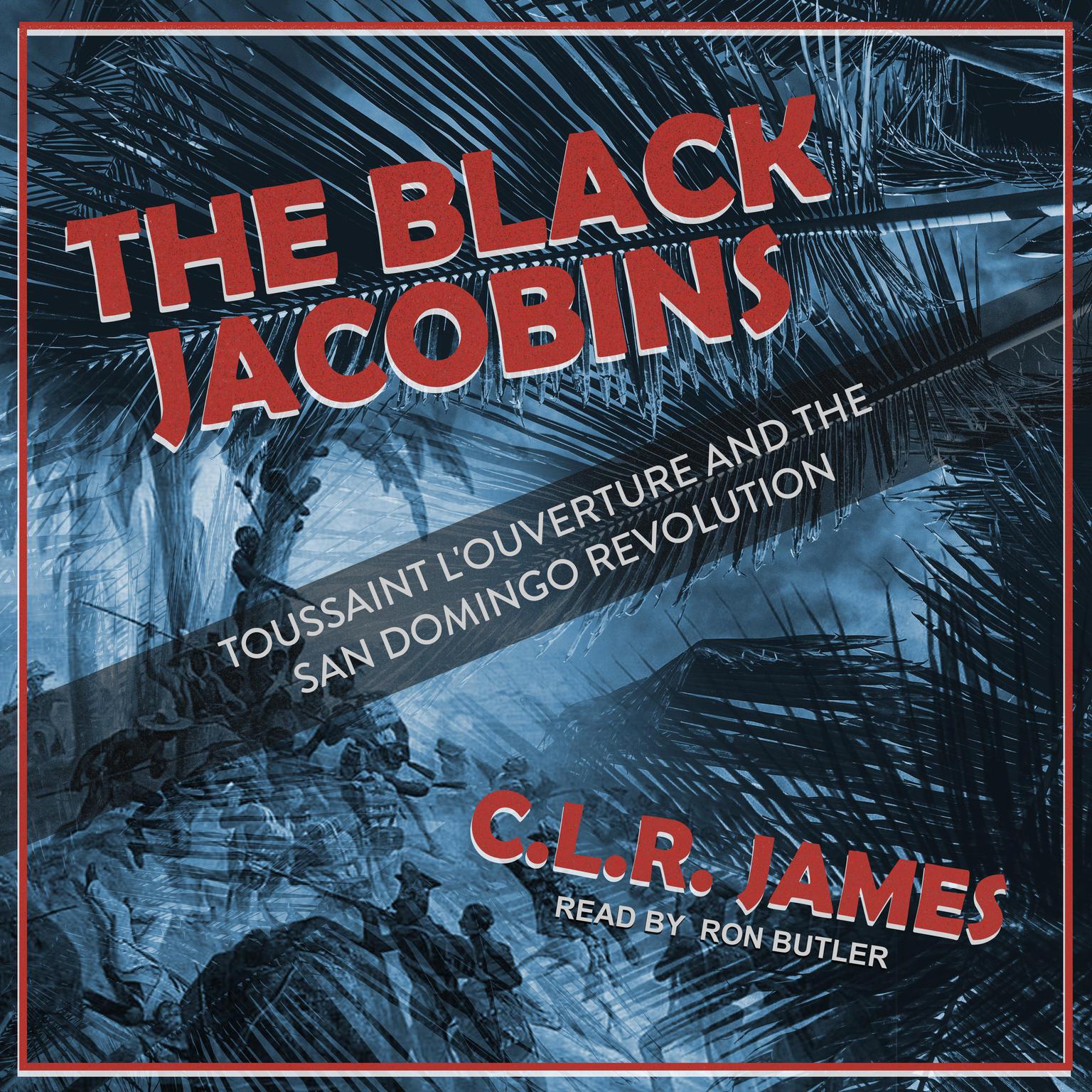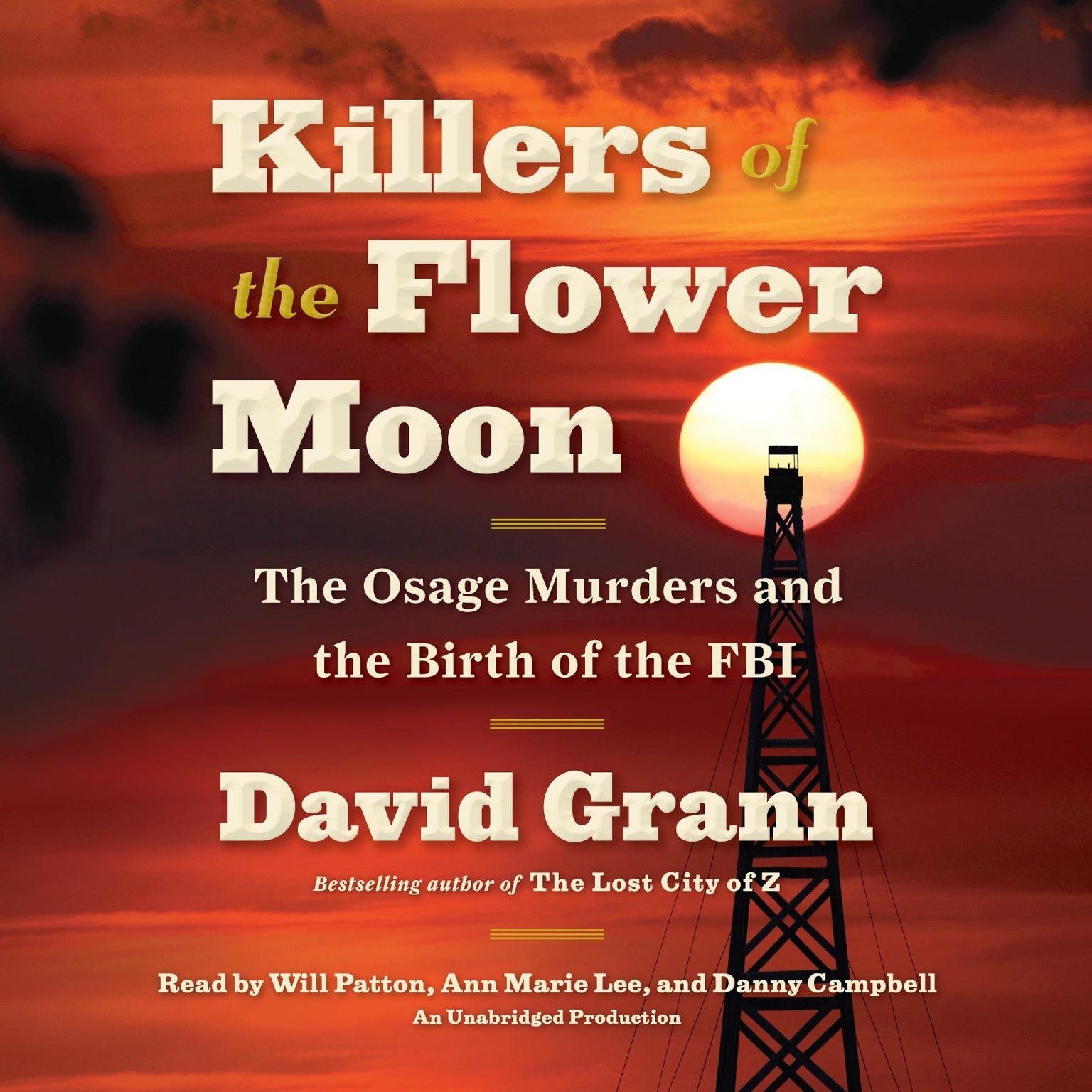Publisher Description
How two centuries of Indigenous resistance created the movement proclaiming “Water is life”
In 2016, a small protest encampment at the Standing Rock Reservation in North Dakota, initially established to block construction of the Dakota Access oil pipeline, grew to be the largest Indigenous protest movement in the twenty-first century. Water Protectors knew this battle for native sovereignty had already been fought many times before, and that, even after the encampment was gone, their anticolonial struggle would continue. In Our History Is the Future, Nick Estes traces traditions of Indigenous resistance that led to the #NoDAPL movement. Our History Is the Future is at once a work of history, a manifesto, and an intergenerational story of resistance.
Download and start listening now!
“It’s a powerful and deeply insightful book that challenges readers to re-think the history of the United States, and to consider the ongoing struggles of Indigenous peoples in the context of a broader struggle for social and environmental justice.
The book tells the story of the resistance movements led by Indigenous peoples in North America, from the time of European colonization to the present day. Estes highlights the ways in which Indigenous peoples have been systematically oppressed and marginalized, but also shows how they have fought back against colonialism, imperialism, and capitalism.
Throughout the book, Estes draws on a rich array of historical and cultural sources, as well as his own experiences as a member of the Lower Brule Sioux Tribe. He weaves together stories of Indigenous resistance, from the Ghost Dance movement of the late 19th century to the Standing Rock protests of 2016, and shows how these movements are part of a broader struggle for social and environmental justice.
Estes argues that Indigenous peoples have always been at the forefront of movements for justice and liberation, and that their struggles are not just about reclaiming land and resources, but also about redefining the relationship between human beings and the natural world. He challenges readers to consider the ways in which their own struggles for justice are intertwined with the struggles of Indigenous peoples, and to work towards building a more just and sustainable future for all.
”—
David Mannix (4 out of 5 stars)











